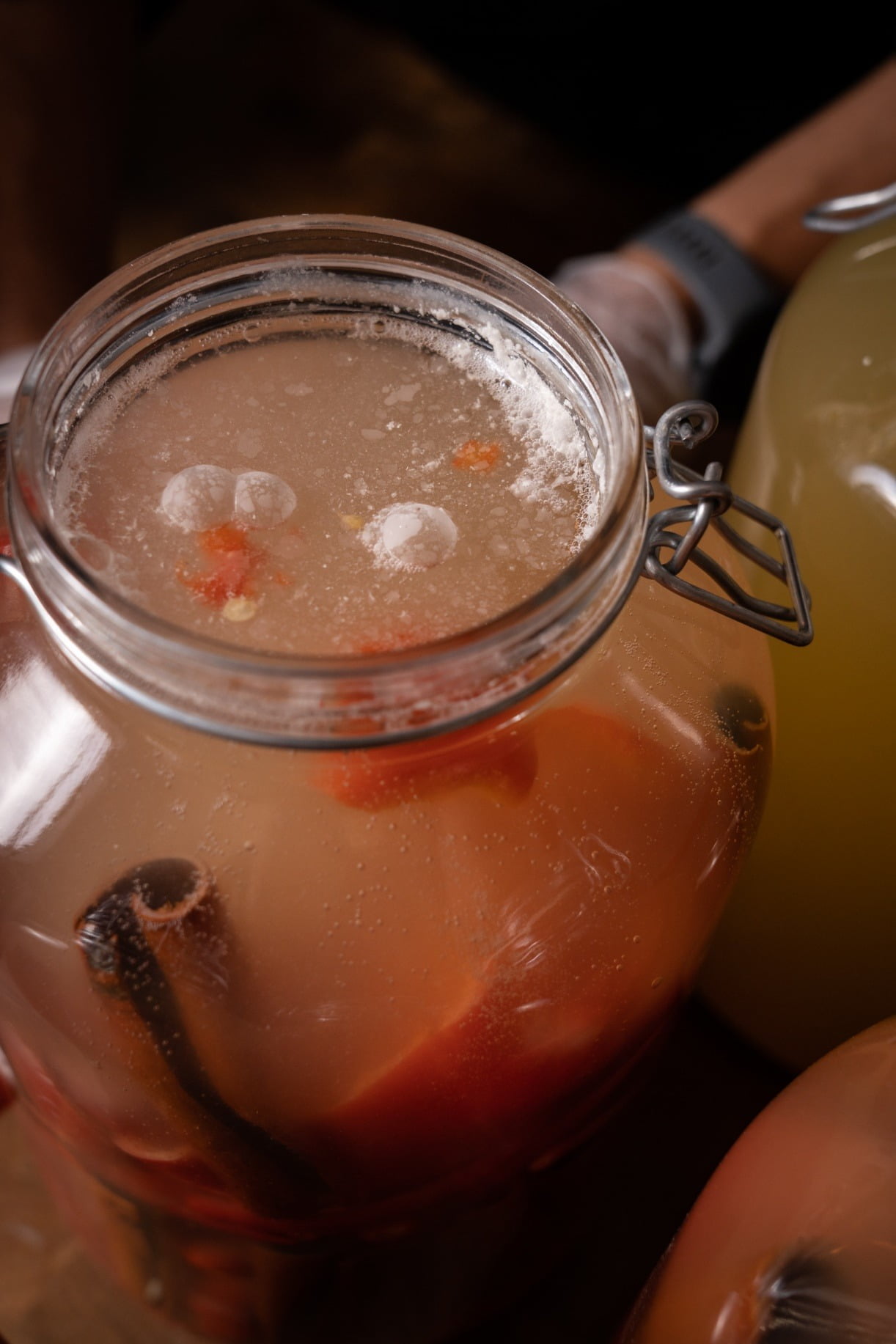Fermentation is a fascinating process that transforms raw ingredients into flavorful and probiotic-rich foods, much like the bold and fiery creations often enhanced by hot sauce. However, during fermentation, you may encounter a common issue known as Kahm yeast. Understanding what Kahm yeast is and taking preventive measures, Such as using high-quality fermentation starter like kefir grains dubai, can help you maintain the quality of your fermented creations. In this article, we delve into the world of Kahm yeast, its characteristics, and effective steps to prevent its growth during fermentation.
What is Kahm Yeast?
Kahm yeast, also known as “wild yeast,” is a surface yeast that can develop on the top of fermented foods. It appears as a thin, white or cream-colored film with a wrinkled texture. Unlike mold, Kahm yeast is generally harmless, but it can impact the flavor and aroma of your ferment. It often contributes to a more sour or off-taste, which may affect the overall quality of the final product.Preventive Measures to Control Kahm Yeast Growth:
Maintain Cleanliness and Hygiene:
Ensure that all fermentation vessels, utensils, and equipment are thoroughly cleaned and sanitized before use. This helps minimize the introduction of unwanted microorganisms, including Kahm yeast. Wash your hands with soap and warm water before handling the ingredients and during the fermentation process to minimize the transfer of contaminants.Use High-Quality Ingredients:
Start with fresh and high-quality vegetables that are free from spoilage or rot. Quality ingredients provide a better foundation for successful fermentation and reduce the risk of contamination.Create Optimal Fermentation Conditions:
Maintain the recommended salt concentration or acidity level in the brine to create an environment that discourages the growth of Kahm yeast. Follow tested recipes or fermentation guidelines to ensure the proper conditions for fermentation. Monitor the fermentation temperature to keep it within the recommended range. Extreme temperatures can promote the growth of unwanted microorganisms, including Kahm yeast.


Ensure Proper Submersion of Vegetables:
To minimize the growth of Kahm yeast, ensure that your vegetables are fully submerged in the brine or liquid during the fermentation process. This helps create an anaerobic environment that discourages the development of surface yeast. Consider using fermentation weights or airlock systems to keep the vegetables submerged and prevent exposure to air. If you are Exploring other fermentation adventures, its also a great time to buy Sourdough Starter-50 to experiment with sourdough bread, another delicious way to embrace fermentation. These tools create a barrier that minimizes the chance of Kahm yeast or other undesirable microorganisms taking hold on the surface.Regular Monitoring and Prompt Action:
Regularly inspect your ferment for any signs of yeast growth. If you notice a white film developing, examine its texture, smell, and appearance to determine if it is Kahm yeast or mold. If you identify Kahm yeast, you can choose to skim it off the surface using a clean utensil. However, be aware that removing the yeast may not completely eliminate the off-flavors it produces. If the Kahm yeast growth is excessive or the flavor is too pronounced or unpleasant, it may be best to discard the batch and start a fresh fermentation.
1% of each order supports children with juvenile arthritis.